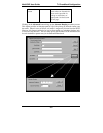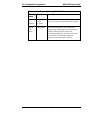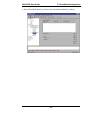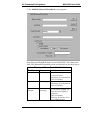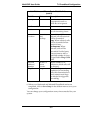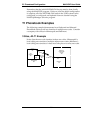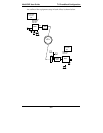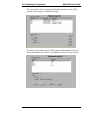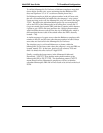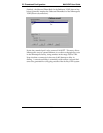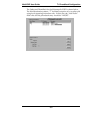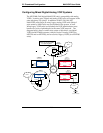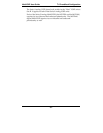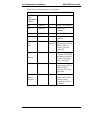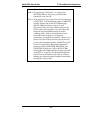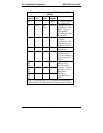
MultiVOIP User Guide T1 PhoneBook Configuration
257
To call the Minneapolis/St. Paul area, a Baltimore employee must dial
eleven digits. (In this case, we are assuming that the Baltimore PBX
does not require an “8” or “9” to seize an outside phone line.)
If a Baltimore employee dials any phone number in the 612 area code,
the call will automatically be handled by the company’s voip system.
Upon receiving such a call, the Minneapolis voip will remove the digits
“1612”. But before the suburban-Minneapolis voip can complete the
call to the PSTN of the Minneapolis local calling area, it must dial “9”
(to get an outside line from the PBX) and then a comma (which denotes
a pause to get a PSTN dial tone) and then the 10-digit phone number
which includes the area code (612 for the city of Minneapolis; which is
different than the area code of the suburb where the PBX is actually
located -- 763).
A similar sequence of events occurs when the Baltimore employee calls
number in the 651 and 952 area codes because number in both of these
area codes are local calls in the Minneapolis/St. Paul area.
The simplest case is a cal from Baltimore to a phone within the
Minneapolis/St. Paul area code where the company’s voip and PBX are
located, namely 763. In that case, that local voip removes 1763 and
dials 9 to direct the call to its local 7-digit PSTN.
Finally, consider the longest entry in the Minneapolis Inbound
Phonebook, “17637175. Note that the main phone number of the
Minneapolis PBX is 763-717-5170. The destination pattern 17637175
means that all calls to Minneapolis employees will stay within the
suburban Minneapolis PBX and will not reach or be carried on the local
PSTN.



